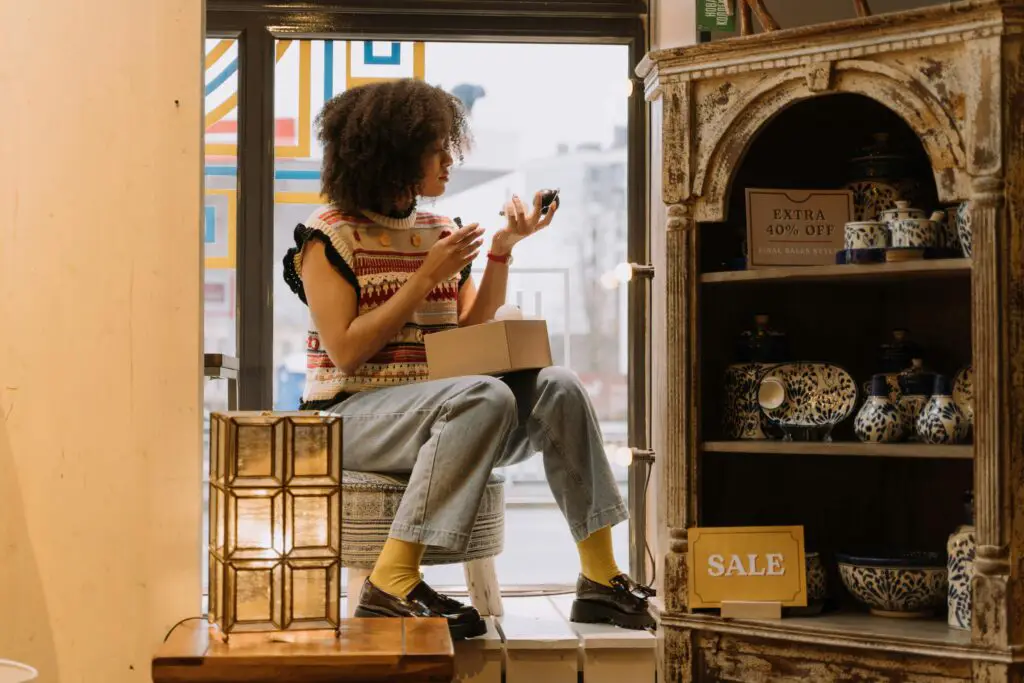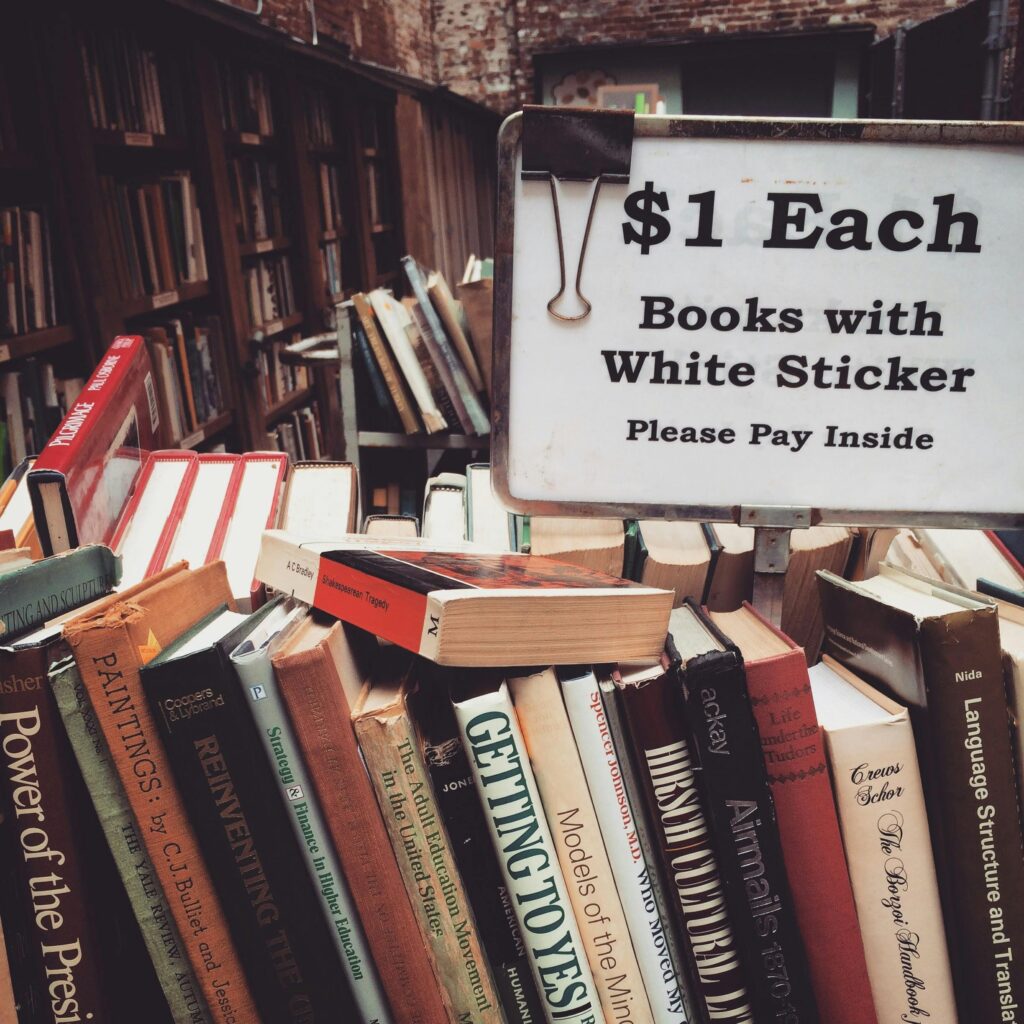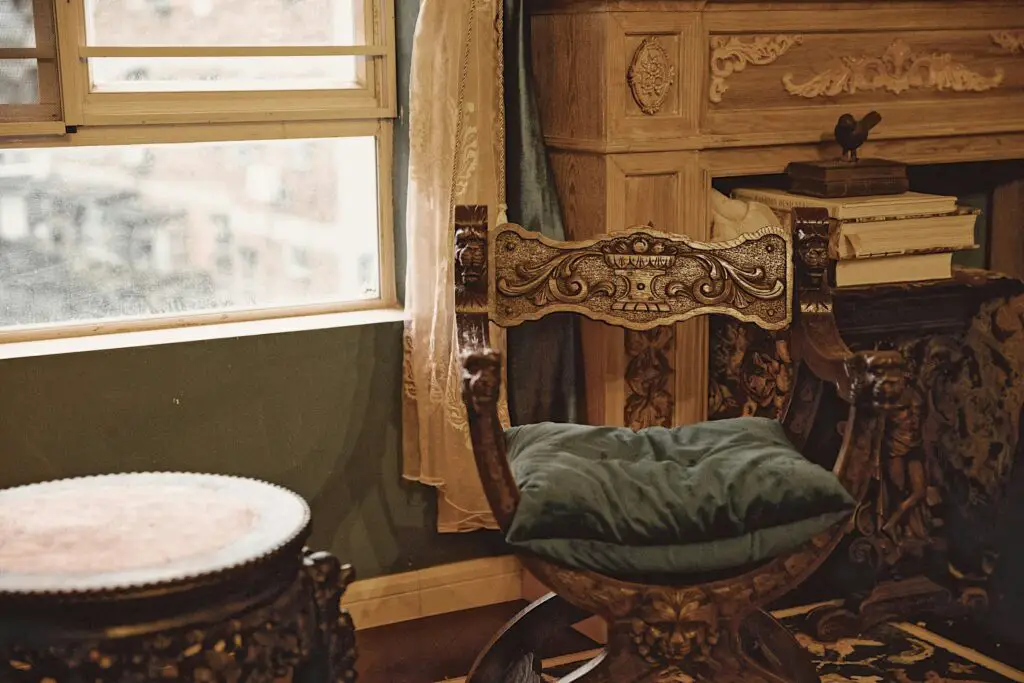1. Rarity Over Age

It’s easy to assume that the older an item is, the more valuable it will be, but that’s not always the case. Rarity plays a much bigger role in determining value. If an item is rare or hard to find, it will often be worth more, regardless of its age.
2. Condition is Key
An antique’s condition can dramatically affect its value. Even a rare item can lose value if it’s damaged or heavily restored. Collectors often seek pieces in their original state, so an antique in good condition will always fetch a higher price.
3. Provenance Adds Value
Where an antique comes from—its provenance—can make a huge difference. If a piece has an interesting or well-documented history, such as being owned by a notable person or tied to a specific historical event, its value can skyrocket.
4. Original Features Matter
Collectors prize originality. Items that have not been altered or restored are often more valuable. For example, original upholstery, paint, or hardware on furniture can increase its value compared to items that have been heavily restored or modified.
5. Demand Drives Value
Like any market, demand is a major factor in antique values. If a particular style or type of item becomes trendy, its value can increase rapidly. For example, mid-century modern furniture saw a huge spike in value when it became popular in recent years.
6. Cultural Relevance

Sometimes, an antique becomes more valuable because of its cultural significance. Items that represent a specific time period, style, or movement (like Art Deco or Victorian) tend to be highly sought after, especially if they capture the essence of that era.
7. Maker’s Mark and Craftsmanship
An antique created by a renowned maker or craftsman will typically carry more value. Pieces from famous furniture makers, silversmiths, or artists are highly prized. The maker’s mark can significantly increase the desirability and price of an item.
8. Material Quality
The materials used to create an antique can heavily influence its value. For example, furniture made from rare hardwoods or jewelry made from precious metals and gems will be worth more than items made from less durable or common materials.
9. Regional and Local Preferences
Sometimes, the value of an antique depends on where it’s being sold. Certain regions have a preference for specific styles or types of antiques. For instance, Southwestern states may value Native American artifacts more than other regions, driving up their prices locally.
10. Functional Use
If an antique still serves a practical, functional purpose, it may be worth more. For example, vintage furniture or kitchenware that can still be used in modern homes will often fetch higher prices because of their dual value as both a collectible and a usable item.
11. Fads and Trends
Like fashion, the antique market can be influenced by trends. What’s hot today may not be tomorrow, and values can fluctuate. Always remember that what’s in demand now—like certain vintage clothing or retro decor—may lose value once the trend fades.
12. Unique Design or Artistry
Antiques with unique designs or exceptional artistry tend to hold more value. Items that stand out for their beauty, creativity, or intricate workmanship are sought after by collectors, who are willing to pay a premium for something one-of-a-kind.
13. Supply and Demand in Niche Markets
Certain types of antiques have niche markets with dedicated collectors. In these markets, even common items can become highly valuable if the supply is low and the demand is high. For example, rare comic books or vintage vinyl records can fetch surprisingly high prices.
14. Historical Significance
Antiques tied to specific historical periods or events often carry more value, especially if they offer insight into that time. Items from wars, political movements, or technological revolutions, for instance, tend to increase in value as their historical significance grows.
15. Fashion Cycles

Antique furniture and decor often follow fashion cycles. As design styles come back into vogue, so do the antiques from those periods. For example, Art Nouveau pieces may see a resurgence in value when the style becomes popular again in interior design.
16. Sentimental or Emotional Value
Believe it or not, an antique’s value can also be influenced by sentimental or emotional connections. Some collectors are willing to pay a premium for items that resonate with them personally, whether it’s an old family item or something that reminds them of their past.
By understanding these 16 factors, you’ll see that antique values are driven by much more than just age. Rarity, condition, provenance, and cultural trends all play a huge role in determining the true worth of an antique.


